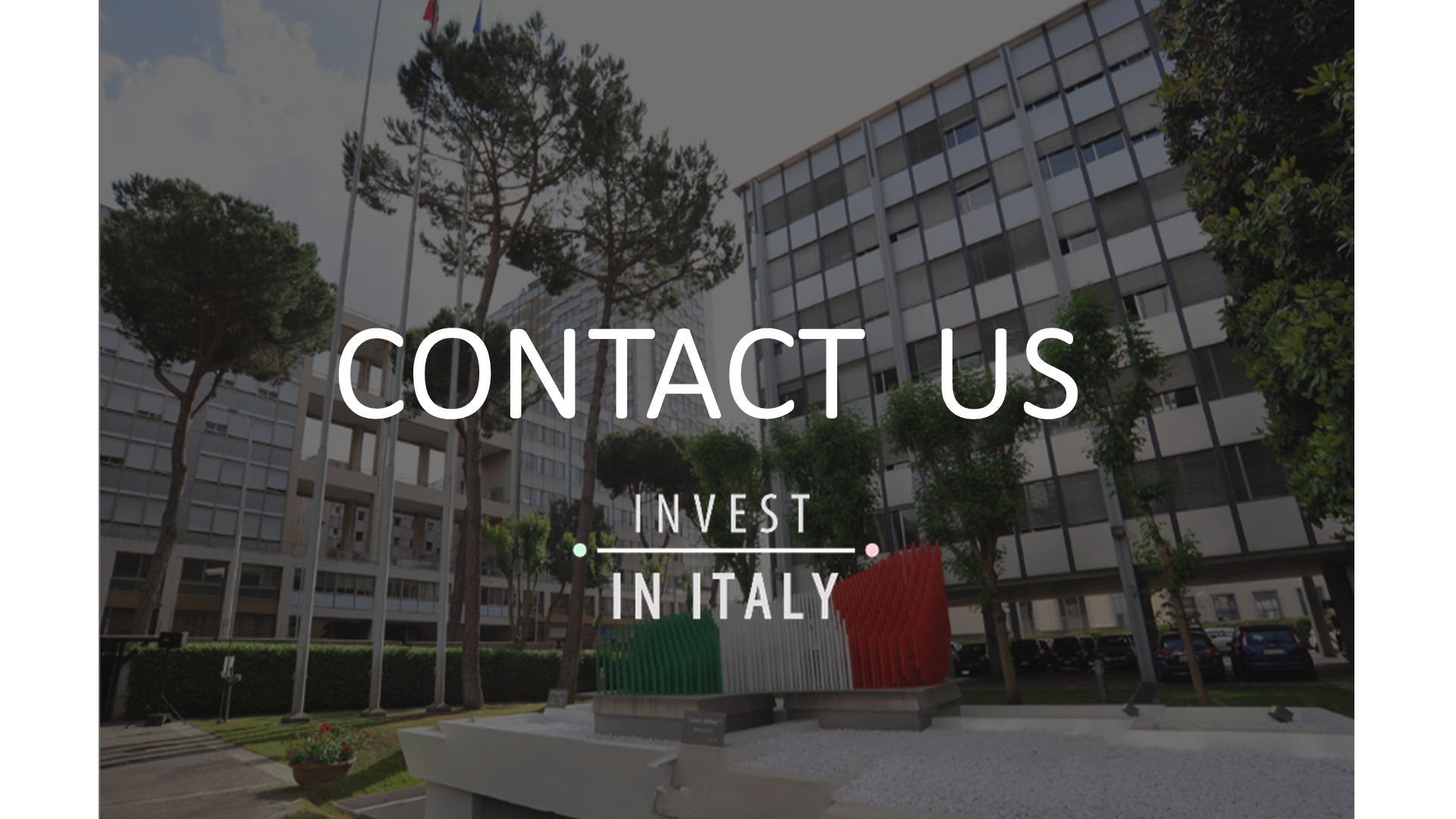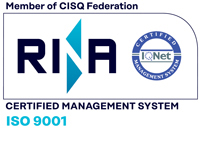Italy is the 8th biggest world economy and the 4th biggest in Europe with a GDP worth EUR 1.8 trillion. The domestic market offers many opportunities, with a population of more than 60 million and a GDP per capita of 30,136 EUR (ISTAT 2021).
10 Reasons to invest
Located at the centre of the Mediterranean Sea and with 40 major ports and 42 airports, Italy represents a strategic gateway to 500 million consumers across the European Union and to 270 million in Northern Africa and the Middle East and is the main thoroughfare linking Southern Europe to Central and Eastern Europe.
With a strong integration in the EU value chain, Italy is the 2nd largest manufacturing economy in Europe, the 5th largest globally and the 8th largest exporter in the world, selling goods worth EUR 516 bln in 2021, maintaining a 2.7% worldwide market share and holding an export trade surplus for goods (EUR 89.2 bln in 2021).
Italy hosts more than 18,000 enterprises in the machinery and equipment sector, ranking 1st among European countries by number of companies. The Italian industry also ranks 2nd in Europe by added value (EUR 33 bln), workforce and export value.
Investing in Italy means having access to unique expertise in leading sectors, such as machinery and robotics, design, automotive parts, pharmaceuticals, fashion, and food.
Companies operating in Italy can also rely on extensive networks of SMEs and manufacturing clusters throughout the country, able to supply high-quality intermediate products specifically tailored to meet customers’ needs in a wide range of sectors (industrial machinery, metals, chemicals, plastics, paper, ceramics, textile, marine industries, etc.).
Italy’s skilled workforce offers an overall better cost performance than its comparable European partners.
24 Italian Universities are ranked in the top 500 academic institutions in the Times Higher Education World University Ranking (THE, 2022).
In 2021 Italian Universities graduated 98.396 students in STEM disciplines.
Research and innovation are widely integrated into industrial processes with a long tradition of excellence in many fields of physics and engineering (e.g. robotics), life sciences (e.g. neurosciences), and social sciences and humanities (e.g. high-tech archaeological techniques).
Italian researchers, internationally recognized as highly productive in terms of articles and citations, actively participate and/or lead R&D European networks, such as the CERN physics laboratory, and top-level research infrastructures of transnational interest in sectors such as aerospace, systems biology, earth observation, nanobiotechnology, marine and maritime research, etc.
Italy boasts 8 public-private national competence centres facilitating the adoption of smart technologies.
Italian cities are overflowing with ancient monuments and treasures that combined with its world-famous art, culture, music, food, and quality goods give Italy an unparalleled quality of life. Italy is ranked 1st worldwide for UNESCO World Heritage counting 58 sites as of end 2021. As a result, international tourist arrivals to Italy are more than 50 million annually, placing Italy among the world’s top destinations.
Italy ranks 4th in the top global country brand (Nation Brand Index 2022), inspiring passion and interest over its heritage & culture, tourism and ‘Made in Italy’ goods.
In recent years Italy has consolidated an integrated system of financial incentives and fiscal benefits - further enhanced by the National Recovery and Resilience Plan - aimed at creating the best environment for industrial investments in traditional and emerging value chains, encouraging R&D and fostering the growth of innovative enterprises.
Incentives includes tax credits and subsidies for investments in capital goods, tax credits and patent box for investment in R&D and design, employment bonuses to employers that hire specific categories of people or invest in Southern Italy.
Italy keeps improving its position in the Foreign Direct Investment Confidence Index 2022 ranking produced by the Kearney Agency. In 2022, Italy ranked 7th among the 25 most attractive economies, it was 8th last year, 10th in 2018 and 16th in 2016.
The Italian economy achieved an impressive recovery from the pandemic shock, returning close to the pre-COVID level of output by late 2021.
In 2021, FDI inflows to Italy turned again positive at $16 bn and the positive trend is confirmed for 2022 with inflows at $26.84 bn.
In 2021, cross border mergers-&-acquisitions in Italy surpassed $ 68 Billion and the number of deals reached 47.
The Italian Trade Agency is the one stop shop to invest in Italy. ITA takes care of the full investment cycle providing:
- Pre Investment information: market and business environment; taxes, legal system, and labour market; incentive programme framework and financial scouting.
- Business set-up: location scouting & site visit; authorisations; permits for foreign investors; Human Resources research; Liaison Office with Public Administration.
- After care: assistance for new projects and expansion.



